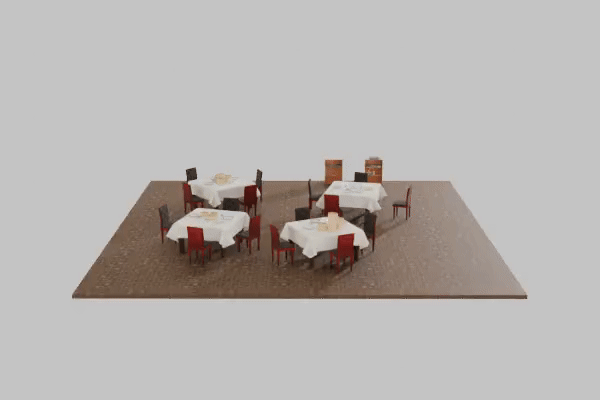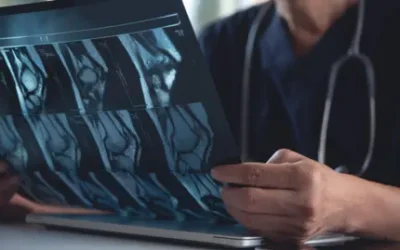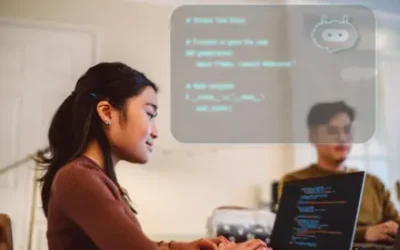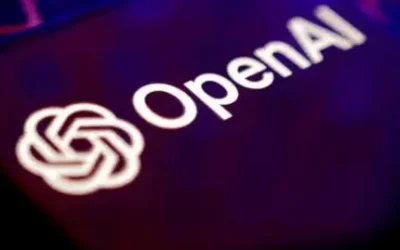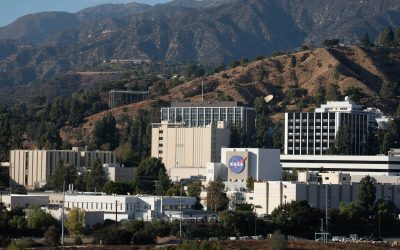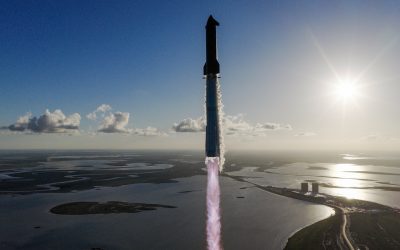Over the past three years, artificial intelligence chatbots like ChatGPT and Claude have witnessed an extraordinary surge in adoption, largely due to their remarkable versatility. These AI systems proficiently handle a broad spectrum of tasks, ranging from the creation of Shakespearean sonnets to complex code debugging and answering obscure trivia questions. This extensive capability is powered by their access to an immense repository of textual data—billions, or even trillions, of data points—gathered from the internet.
Existing data pools are proving insufficient for training robots to act as versatile household or factory assistants. For machines to truly master the intricate handling, stacking, and precise placement of objects across diverse environments, they require practical demonstrations—akin to comprehensive “how-to” videos illustrating each motion of a given task.
Generating these essential demonstrations using physical robots is a laborious and often inconsistent process. Consequently, engineers have explored alternative data creation methods, including AI-driven simulations. However, these simulations frequently struggle to accurately replicate real-world physics. Another current approach involves the painstaking manual construction of each digital training environment from scratch, a notably tedious endeavor.
A collaborative effort by researchers at MIT’s Computer Science and Artificial Intelligence Laboratory (CSAIL) and the Toyota Research Institute has yielded a novel method for generating the diverse, realistic training environments essential for robotics.
Their “steerable scene generation” approach creates digital settings, such as kitchens, living rooms, and restaurants, allowing engineers to simulate a vast range of real-world interactions and scenarios. The system was trained on an extensive dataset of over 44 million 3D rooms, populated with models of everyday objects like tables and plates. This tool strategically places existing digital assets into new scenes, then meticulously refines each environment to achieve physical accuracy and a lifelike appearance.
Steerable scene generation is revolutionizing 3D environment creation by employing an AI diffusion model to render realistic worlds. This innovative system “steers” the AI, which typically generates visuals from random noise, toward producing scenes found in everyday life. Researchers leverage this generative approach to “in-paint” digital environments, meticulously filling them with specific elements.
One can visualize a barren digital canvas evolving into a fully furnished kitchen, where 3D objects are not merely placed but precisely arranged to replicate real-world physics. A key advancement is the system’s ability to eliminate common 3D graphic anomalies like “clipping,” which occurs when models overlap or intersect. For instance, it ensures a fork properly rests on a bowl rather than passing through it.
The precision with which steerable scene generation achieves this realism is largely dictated by its chosen computational strategy. The primary method is “Monte Carlo tree search” (MCTS). This technique allows the model to generate a series of alternative scenes, progressively refining them to meet specific objectives—be it enhancing physical accuracy or incorporating a predetermined number of items. MCTS is notably recognized for its use in AlphaGo, the AI program that triumphed over human champions in the game of Go, where it assesses potential moves to determine the most advantageous sequence.
Nicholas Pfaff, an MIT Department of Electrical Engineering and Computer Science (EECS) PhD student, CSAIL researcher, and a lead author on the paper detailing this work, underscored the breakthrough. “We are the first to apply MCTS to scene generation by framing the scene generation task as a sequential decision-making process,” Pfaff stated. He further elaborated that the system continually builds upon partial scenes, leading to the creation of increasingly superior and intricate environments over time. As a result, MCTS produces scenes far more complex than what the underlying diffusion model was originally trained to generate.
A significant experiment revealed MCTS’s advanced scene generation capabilities, particularly its capacity to exceed training limitations. The system successfully populated a simple restaurant table with up to 34 distinct items, including numerous stacks of dim sum dishes. This accomplishment is notable given that MCTS’s training data averaged only 17 objects per scene.
Steerable scene generation enables the creation of diverse training environments by leveraging reinforcement learning, a process that teaches a diffusion model to fulfill objectives through trial and error. Following an initial data training phase, the system enters a second stage where a ‘reward’ is defined—a desired outcome coupled with a score indicating how closely it is met. The model then autonomously learns to generate scenes that yield higher scores, often producing novel scenarios significantly different from its foundational training data.
Direct user interaction is also a core capability, allowing individuals to input specific visual prompts—for instance, “a kitchen with four apples and a bowl on the table.” Steerable scene generation then translates these descriptions into precise visual realities. The system showcased a 98 percent accuracy in generating pantry shelf scenes and an 86 percent success rate for more intricate messy breakfast table configurations. These results signify at least a 10 percent improvement compared to competing methods, including MiDiffusion and DiffuScene.
Beyond generation, the system can complete or modify specific scenes through prompting or minimal direction—for example, by requesting “a different scene arrangement using the same objects.” This enables tasks such as positioning apples on various plates across a kitchen table or organizing board games and books on a shelf. The technology effectively “fills in the blanks,” intelligently inserting items into vacant spaces while ensuring the existing elements and overall scene integrity remain intact.
Researchers highlight the project’s primary advantage: its capacity to generate a wide array of practical scenarios for roboticists. A significant discovery from their work, as noted by Pfaff, is that pre-trained scenes do not need to precisely mirror the exact environments required for real-world application. Through the implementation of specialized steering methods, the team can effectively transition from a general data distribution to a more refined and relevant one. This ultimately allows for the creation of diverse, realistic, and task-specific scenes essential for robust robot training.
Expansive simulated environments served as crucial proving grounds for virtual robots to interact with various objects. For instance, these digital machines meticulously placed forks and knives into cutlery holders and rearranged bread on plates within diverse 3D settings. The simulations exhibited remarkable fluidity and realism, closely mirroring the adaptable robots that “steerable scene generation” could ultimately help train for real-world applications.
Researchers characterize their current system as a foundational proof of concept, though it represents a promising step toward generating extensive and diverse training data for robotic applications. Looking ahead, their objective is to leverage generative artificial intelligence to create entirely new objects and environments, moving beyond the constraints of a predefined asset library. Future plans also include incorporating articulated objects—such as cabinets or food-filled jars—to allow robots to interact by opening or twisting them, thereby significantly enhancing the realism and interactivity of simulated scenes.
To enhance the realism of virtual environments for robotic applications, researchers led by Pfaff are integrating real-world objects. This is achieved by utilizing a comprehensive library of objects and scenes sourced from internet images, building upon their prior work on “Scalable Real2Sim.” The initiative aims to create highly diverse and lifelike AI-constructed testing grounds for robots. By expanding these capabilities, the team hopes to cultivate a user community that will generate extensive data, forming a massive dataset crucial for teaching dexterous robots a wide array of skills.
Jeremy Binagia, an applied scientist at Amazon Robotics who was not involved in the paper, underscored the current difficulties in crafting realistic simulation scenes. He noted that while procedural generation can quickly produce many scenes, they often fail to accurately represent real-world environments robots would encounter. Manual scene creation, he added, is both time-consuming and expensive. Binagia champions “steerable scene generation” as a more effective solution. This method involves training a generative model on a large collection of pre-existing scenes, then adapting it—potentially through strategies like reinforcement learning—for specific downstream applications. He highlighted that this approach surpasses previous efforts, which often relied on off-the-shelf vision-language models or merely arranged objects in a 2D grid. The new technique, Binagia explained, guarantees physical feasibility and incorporates full 3D translation and rotation, allowing for the creation of significantly more complex and engaging scenes.
A novel framework designed for automating scene generation at scale, dubbed “steerable scene generation with post training and inference-time search,” has been developed. Rick Cory, a roboticist at the Toyota Research Institute, lauded the method for its efficiency and ability to produce “never-before-seen” scenarios crucial for various tasks. Cory, though not involved in the paper, highlighted its potential to advance robot training for real-world applications by integrating it with vast internet data in the future.
The research was co-authored by Pfaff and senior author Russ Tedrake, who holds positions as the Toyota Professor of Electrical Engineering and Computer Science, Aeronautics and Astronautics, and Mechanical Engineering at MIT, a senior vice president at the Toyota Research Institute, and a CSAIL principal investigator. Other contributors included Toyota Research Institute’s Hongkai Dai and Sergey Zakharov, along with Carnegie Mellon University PhD student Shun Iwase.
Their findings were presented in September at the Conference on Robot Learning (CoRL). The work received support from Amazon and the Toyota Research Institute.

